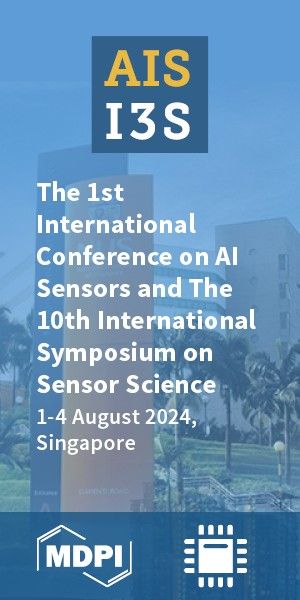Article
Version 1
Preserved in Portico This version is not peer-reviewed
Revision of the Atmospheric Modeling for SNR Observations in Ground-Based GNSS Reflectometry
Version 1
: Received: 21 December 2020 / Approved: 22 December 2020 / Online: 22 December 2020 (12:58:17 CET)
Version 2 : Received: 31 December 2020 / Approved: 5 January 2021 / Online: 5 January 2021 (11:48:17 CET)
Version 3 : Received: 15 June 2021 / Approved: 16 June 2021 / Online: 16 June 2021 (08:50:03 CEST)
Version 2 : Received: 31 December 2020 / Approved: 5 January 2021 / Online: 5 January 2021 (11:48:17 CET)
Version 3 : Received: 15 June 2021 / Approved: 16 June 2021 / Online: 16 June 2021 (08:50:03 CEST)
How to cite: Reinking, J. Revision of the Atmospheric Modeling for SNR Observations in Ground-Based GNSS Reflectometry. Preprints 2020, 2020120564. https://doi.org/10.20944/preprints202012.0564.v1 Reinking, J. Revision of the Atmospheric Modeling for SNR Observations in Ground-Based GNSS Reflectometry. Preprints 2020, 2020120564. https://doi.org/10.20944/preprints202012.0564.v1
Abstract
The application of signal-to-noise (SNR) observations from ground-based GNSS Reflectometry is becoming an operational tool for coastal sea-level altimetry. As in all data analyses, systematic influences must be reduced here too, to achieve reliable results. A prominent influence results from atmospheric refraction. Different approaches exist to describe or to correct for this influence. In our contribution we will revise the latest developments and suggest a simple atmospheric interferometric delay model that takes into account ray bending as well as along-path propagation delay. The findings are double-checked by numerical experiments based on a step-by-step raytracing procedure.
Keywords
GNSS; reflectometry; SNR; atmospheric refraction
Subject
Computer Science and Mathematics, Computer Science
Copyright: This is an open access article distributed under the Creative Commons Attribution License which permits unrestricted use, distribution, and reproduction in any medium, provided the original work is properly cited.
Comments (0)
We encourage comments and feedback from a broad range of readers. See criteria for comments and our Diversity statement.
Leave a public commentSend a private comment to the author(s)
* All users must log in before leaving a comment







